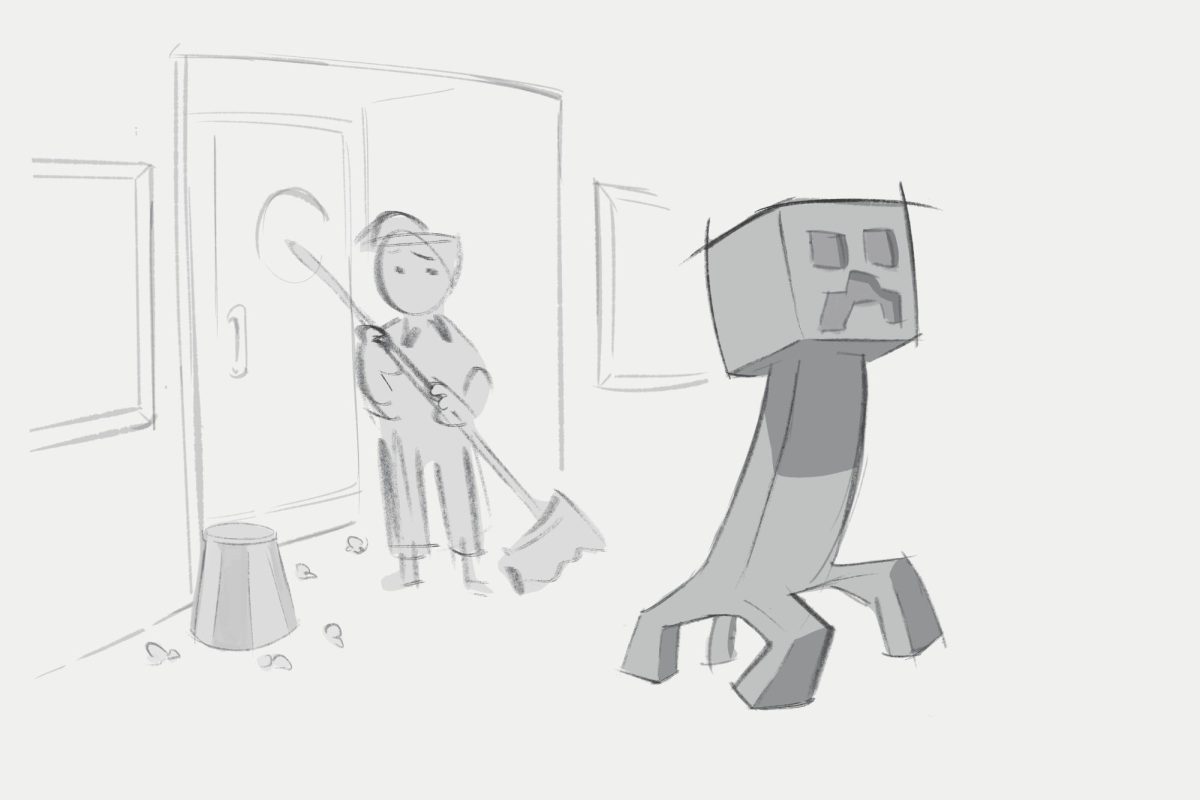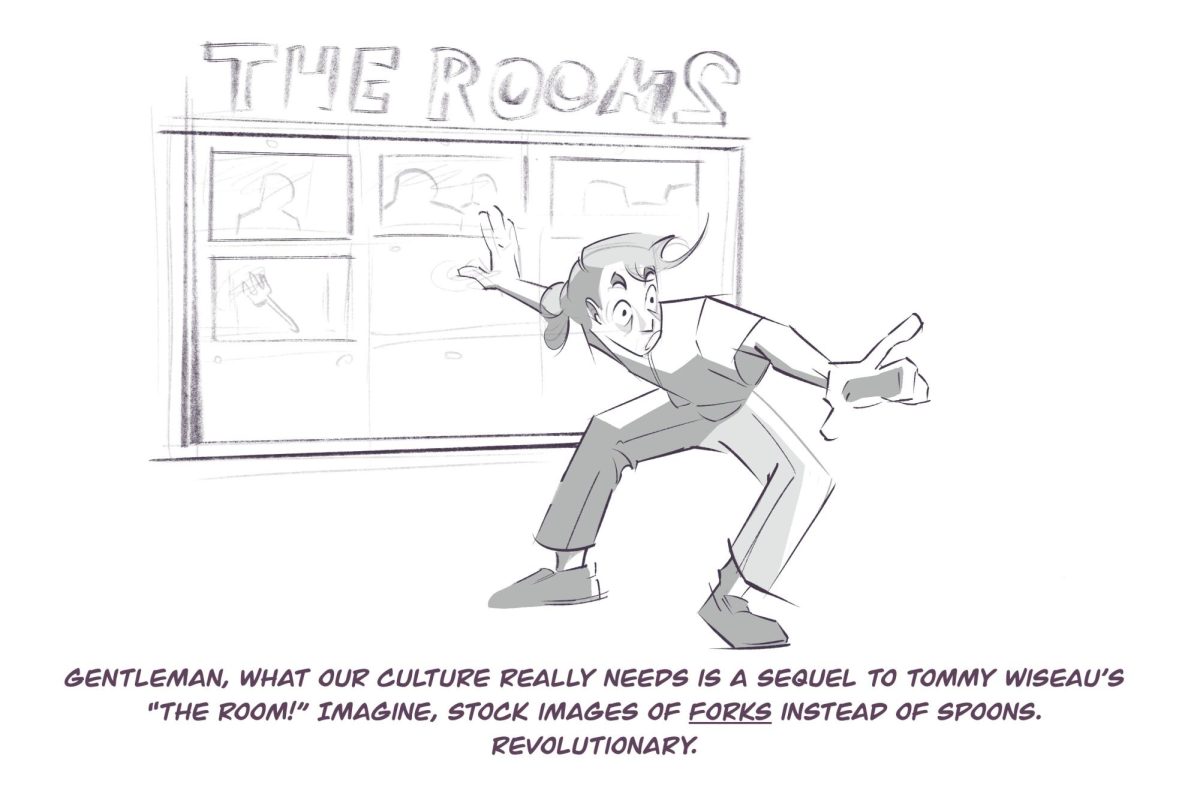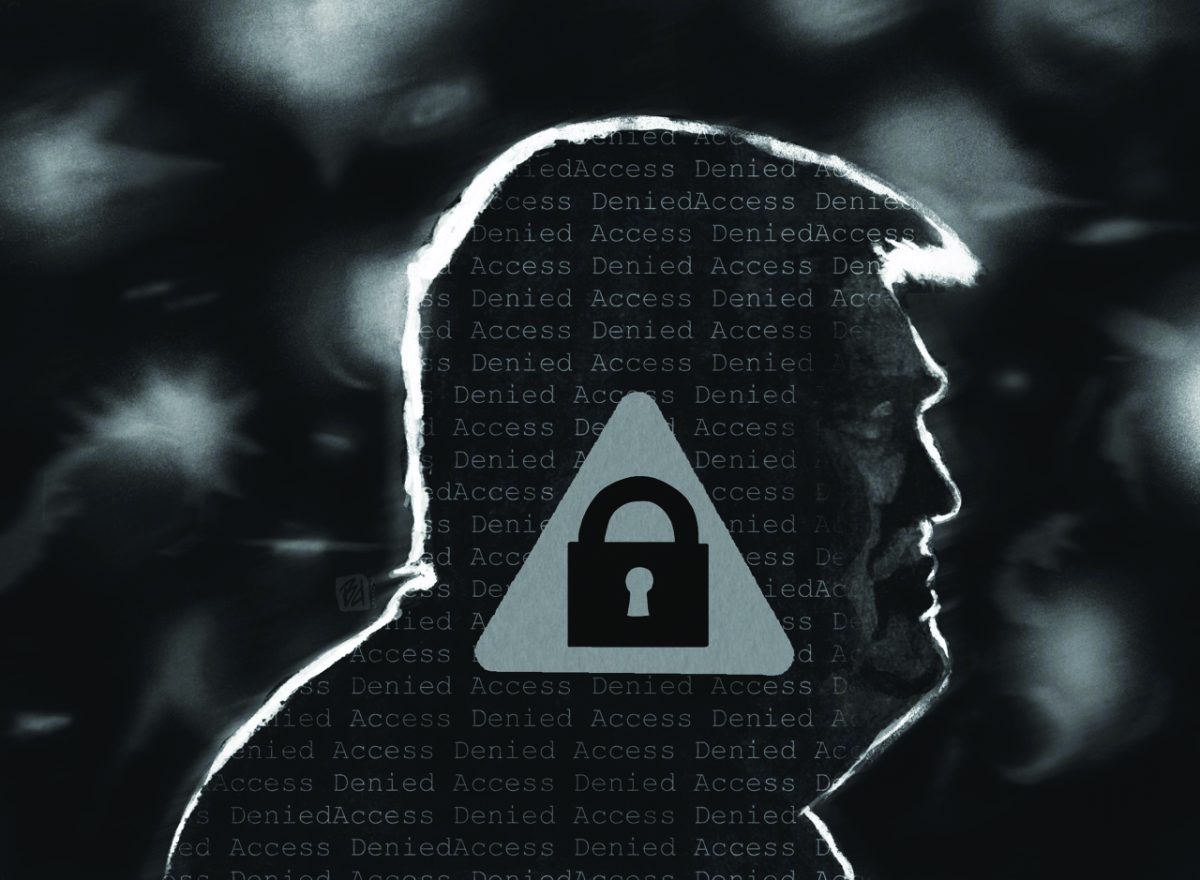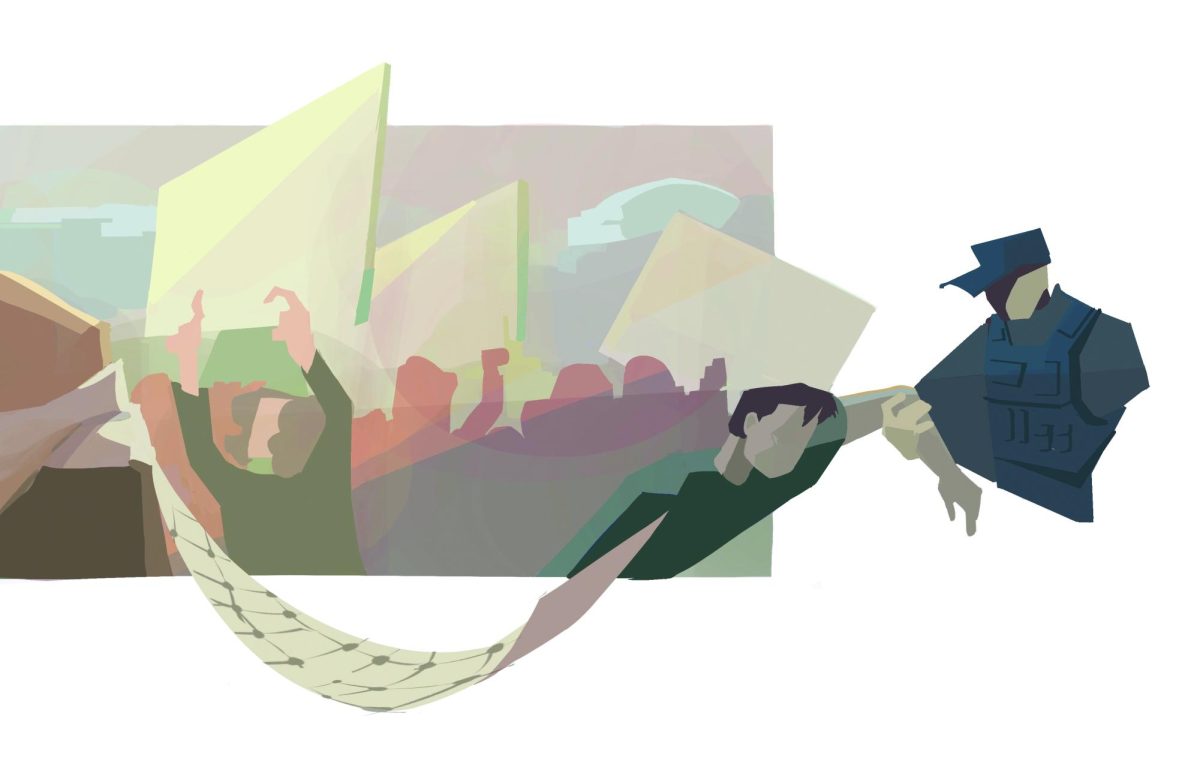In 1982, Ridley Scott released his dystopian film “Blade Runner,” based on Philip K. Dick’s novel, “Do Androids Dream of Electric Sheep?” The film was a success and nominated for two Oscars in 1983. However, the final cut version released in 2007 is what’s really worth watching.
It is 2017 Los Angeles, Rick Deckard (Harrison Ford) is a retired law enforcement officer the FBI coerces back into service as a blade runner to track down five replicants – humanoids created by the Tyrell Corporation to perform slave labor. The replicants are designed to break down after four years to prevent them from learning how to express empathy and think for themselves.
The rebel replicants revolted on an off-world colony, but returned to Earth in hopes of finding a way to extend their life spans.
Deckard falls in love with Rachael (Sean Young), a self-proclaimed human, even though he suspects she may be a replicant. This makes sense – a film like this needs some romance to balance out the grimness.
It appears as though the replicants were designed to outlast their announced life expectancy. It is possible viewers could interpret some of the uncanny human characteristics of the replicants combined with their strength and agility to mean the Tyrell Corporation was secretly hoping to replace the human race altogether. The film does not delve into this theory, however.
Some film critics, such as Tim Dirks, believe Ford may have actually been a sixth replicant. This is likely due to Deckard’s own lack of emotion and empathy throughout the film. This juxtaposition between a human’s lack of empathy and a replicant learning how to express it is exactly what Dick’s original novel explored.
When Scott revisited this ’82 original, he seemed to have worried less about making sure the viewer understood the plot. Instead, he likely mixed a few things up to appease his own earlier desires for the film.
He cut out Ford’s original narration, which explained more of the story, and allowed the aesthetics and special effects to speak for themselves. He did not go back and add any computer-generated graphics, either, a practice that has garnered the criticism of many. Rather, he cleaned up the audio and lightly polished the visuals. The final cut includes scenes that were originally deleted.
The story wants to be complicated, but it has all the classic film noir elements – dry and simple dialogue from a seemingly apathetic leading male, heavy shadowing, strongly silhouetted buildings and a femme fatale. It also has all of the same predictions every other sci-fi flick has of the future – flying cars, enormous skyscrapers, a polluted atmosphere and an overabundance of electronic billboards in the city.
Despite the film’s attempt to be exceedingly futuristic, though, the filmmakers seemed certain instant film and Atari, which have become more niche, would still be relevant in the new millennium.
“Blade Runner” made film critic Roger Ebert’s Great Movies collection, and rightfully so. However, many fans think the story is complicated but its structure is formulaic for viewers who understand basic cinema. Despite this, it is not without charm, and what is most appealing about the film is its ability to use minimal, practical effects to make a big impact, turning it into a visual masterpiece.







